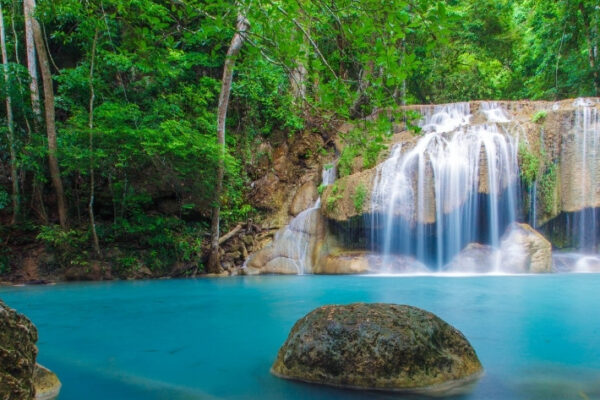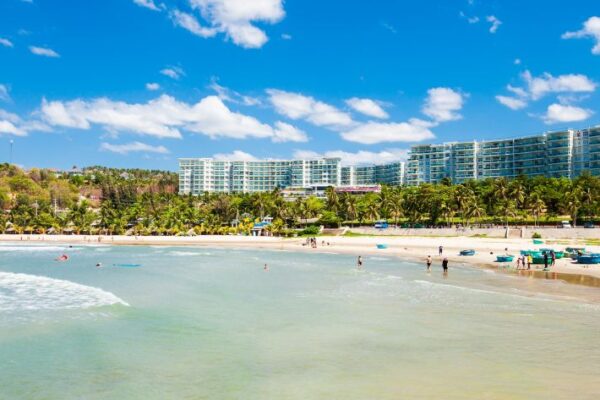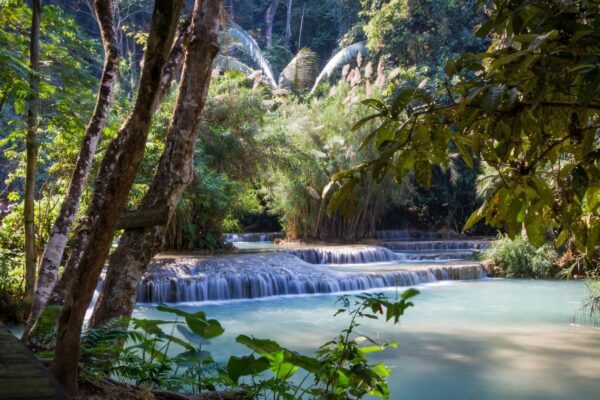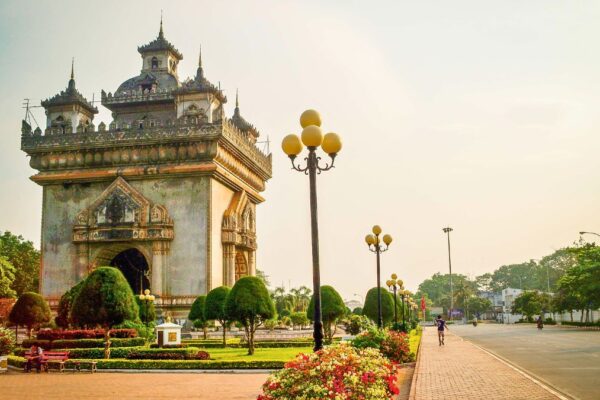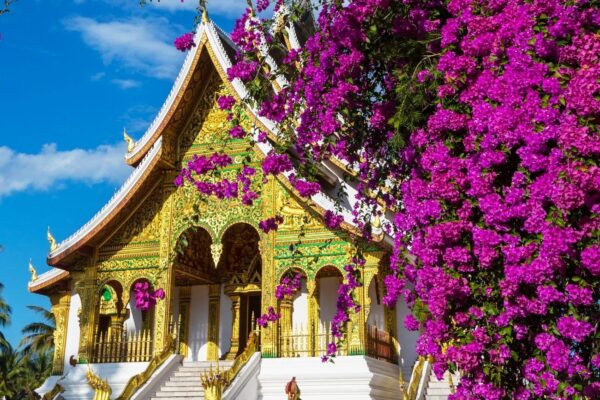Why Slow Travelers Are Falling in Love with Laos in Southeast Asia
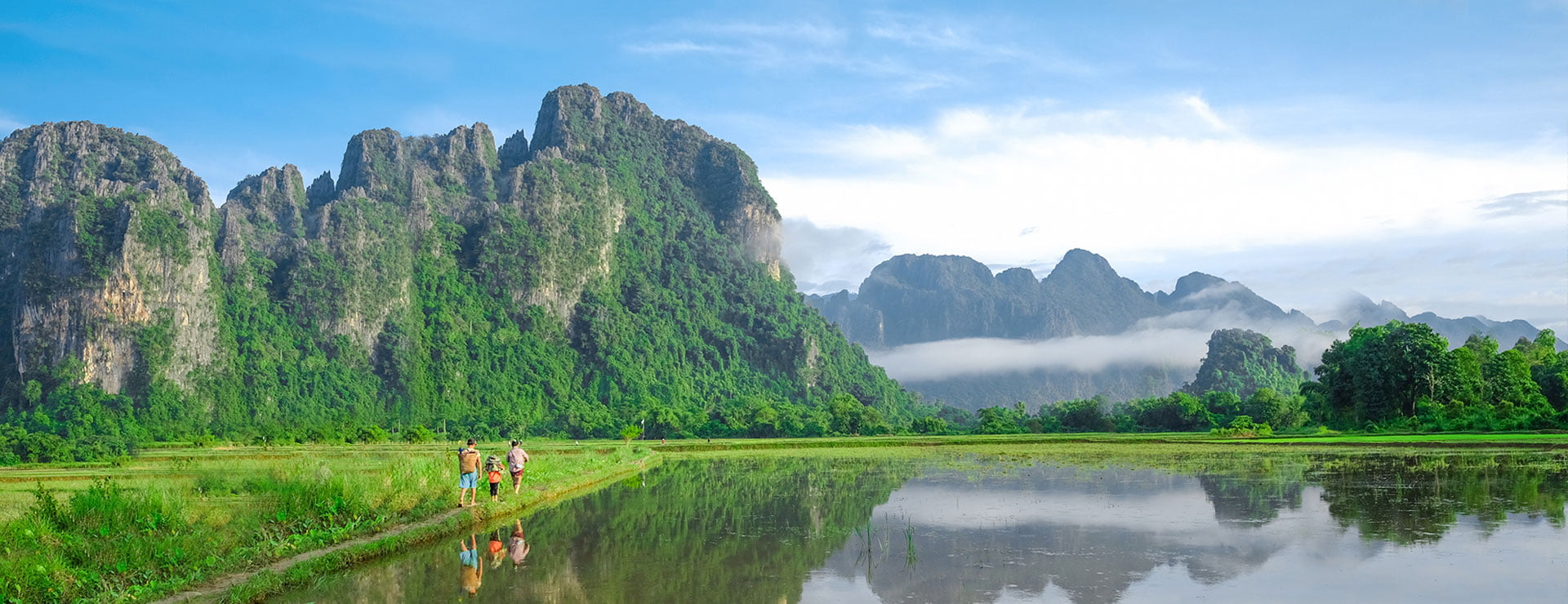
There are many ways to travel, but perhaps Laos in Southeast Asia best fits those who move at a slower pace. As you may picture when first thinking of Laos, it’s a land of calm rivers and quiet temples, yet there’s so much more waiting quietly beyond that. So, read on to deeply uncover this country.
What “Slow Travel” Means in Laos in Southeast Asia
In Laos in Southeast Asia, “slow travel” means taking time to move less and savor more. It’s the art of settling in long enough to absorb daily life, perhaps by sharing a family meal, learning a craft, or joining a quiet village ritual. It favors sustainability over speed, supporting communities and safeguarding traditions. Above all, it’s about connection—listening, observing, and moving gently through a culture that welcomes presence more than pace.
In the context of Laos, this approach finds a natural home. With its modestly sized towns, the prominence of river transport and meandering over-road routes, and a tourism infrastructure still gently evolving, Laos offers more room to breathe than many of its more-trodden neighbours.
Community-based tourism has begun to take hold, allowing for deeper exchanges with local people. Away from major hotspots, visitor density remains relatively low, so there is less pressure to switch gears into “see-everything” mode, and more space to simply exist in the place.
Yet, a word of caution: Laos in Southeast Asia is gradually shifting. Just recently, international arrivals exceeded 4 million in 2024—an increase of nearly one million on the previous year. With the country ranked 13th fastest-growing tourism destination in 2024, the window for truly unhurried, less-crowded travel may narrow.
>> Read More: Where to Visit in Laos for First-time Travelers?
Top Slow-Travel Experiences in Laos
Luang Prabang: Sunrise, Rituals & Riverside Life
In Luang Prabang, slow travel unfolds in the soft light of dawn, on historic streets where monastic processions move in silence, and beside rivers that carry the city’s rhythm more than its traffic. This is a place that invites pause with early morning alms, fresh-market browsing, riverside cafés,…
What to Do
- Arrive early for the Tak Bat alms-giving ceremony: Watch saffron-robed monks walking in single file through the quiet town streets, around 05:30 – 06:00 in the dry months.
- Browse the morning market shortly afterwards: Stroll between stalls offering fresh vegetables, sticky rice, grilled snacks and tribal produce—an intimate look at local life.
- Slow down at a riverside café: Settle into a seat overlooking the Mekong River or the Nam Khan River, sip a local brew, watch river traffic drift by, and let the day’s tempo soften.
Practical Tips
- Best time: March-October mornings around 05:30-06:30; in November-February, start times shift to 06:00 – 07:00. Make sure you’re ready at least 10-15 minutes before the procession begins.
- Where to stay for slow mornings: Choose lodgings on the peninsula between the Mekong and Nam Khan rivers so that the walk to the alms gathering and morning market is short and easy.
- Etiquette for the alms ceremony: Dress modestly (covering shoulders and knees), keep your distance from the monks, avoid flash photography, and don’t follow the procession in a vehicle.
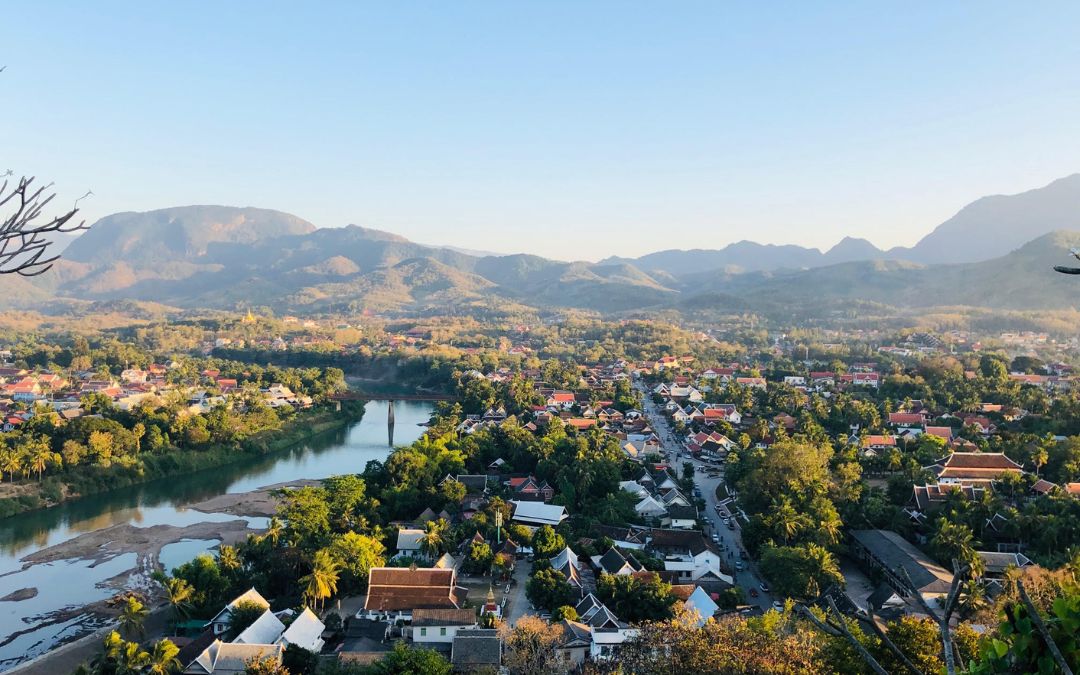
The ancient town of Luang Prabang nestles peacefully between the Nam Khan River and dramatic mountain ranges.
>> Read More: Luang Prabang vs Vientiane vs Pakse – Which Cities in Laos Matches Your Travel Style?
Slow Boat & Mekong Days: Travel by Water
Experience a drifting journey on the Mekong River between Huay Xai and Luang Prabang that takes two days and one overnight stop. The pace of the river forces time to slow, villages slip past your view and the ever-changing scenery invites reflection. With each hour on board, the bustle of roads and highways fades, replaced by reed-lined banks, floating log debris and river-side homes that can only be reached by boat.
What to Do
- Observe the riverbank villages: Watch small settlements, fishermen and local boats pass by quietly, giving insight into everyday river-life in Laos in Southeast Asia.
- Stay overnight in Pakbeng: Take advantage of the evening in this riverside village, for example wandering local streets, sampling regional food, and resting before day two on the water.
- Engage with onboard reflections: Use the slower pace to read a book, write in a journal, or watch the landscape unfold gently.
Practical Tips
- Booking & ticketing: Tickets for the standard slow-boat are bought locally at departure piers or guesthouses. It’s first-come for the best seats, so arriving early improves your experience.
- Seasonal water levels: Dry season (November–March) offers calmer waters and clearer views. During monsoon months, water levels change, the schedule may vary, and moody light can affect scenery.
- Pack light but wisely: Bring snacks and water: public boats have limited service stops. And choose a seat toward the middle or front to avoid engine roar and get better views.
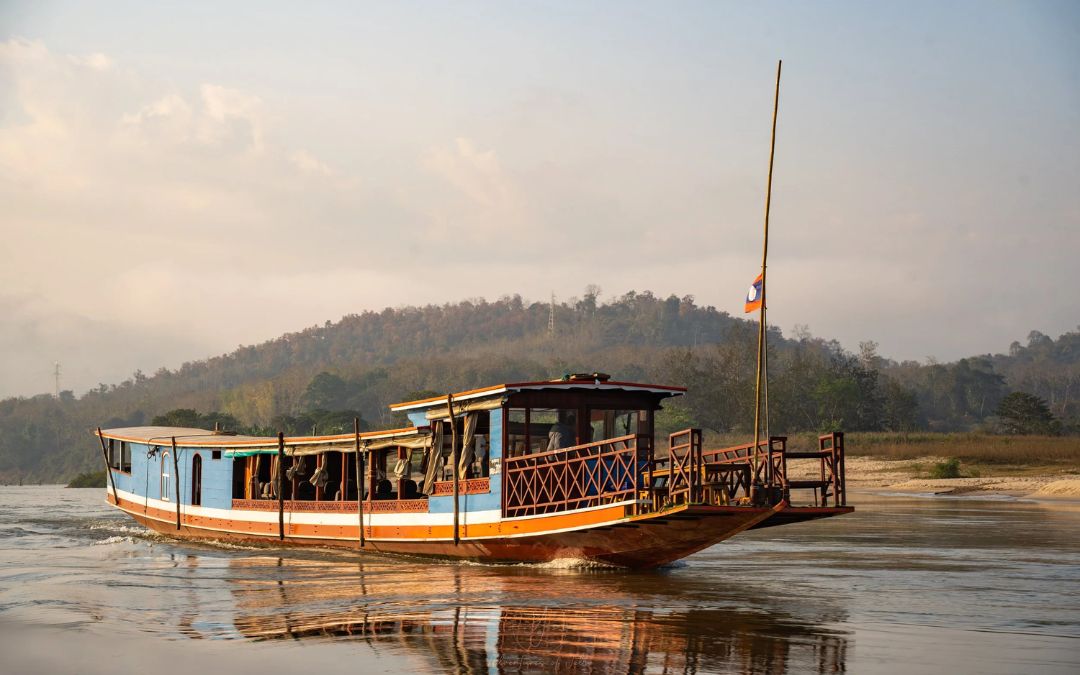
Village Homestays & Community-Based Tourism
Village homestays in Laos in Southeast Asia offer travellers an authentic window into rural life: guests stay with local families, often cook together, learn crafts or phrases in the local language, and share everyday moments. These stays are grounded in community-based tourism (CBT) models, which the Laos Community Based Tourism network supports, prioritising local involvement, cultural and environmental conservation.
What to Do
- Join meal preparation: Help the host family cook a traditional dish, and see how food connects people.
- Try a craft session: Learn to weave, carve or dye alongside a village artisan and grasp the cultural continuity.
- Attempt basic phrases: Practise a few words of the local language, and watch a respectful rapport build.
- Take part in a village rhythm: Accompany your hosts through everyday routines like fishing, planting or market visits.
Practical Tips
- Pay fairly: Choose accommodations certified or recommended by CBT networks so that revenue actually supports the community.
- Ask before snapping photos: Always seek consent before photographing individuals or family spaces, and avoid treating the stay as a “photo safari”.
- Bring small gifts, not large no-strings donations: Useful gifts like stationery, seeds or tools can support village life without undermining dignity.
- Stay long enough: Aim for two or more nights so the host-guest relationship moves beyond the “photo moment” and becomes genuine interaction.
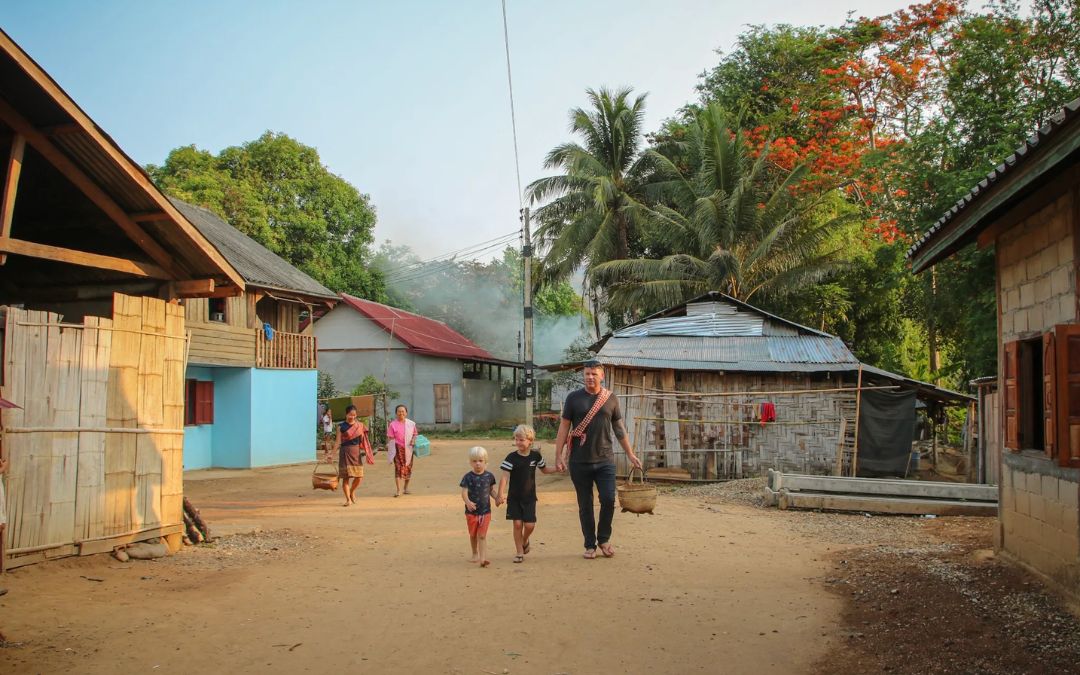
Rural Lao villages with their simple wooden homes and unpaved streets welcome travelers through community-based tourism.
>> See Tour: Laos Off The Beaten Path
Bolaven Plateau & Coffee Culture: Slow Taste of Laos
The Bolaven Plateau in southern Laos in Southeast Asia offers a perfectly paced escape where coffee culture and slow travel merge. High-altitude farms, volcanic soils, and misty mornings form the backdrop for laid-back days spent sipping fresh brews, strolling through plantations, and discovering how the beans reach your cup. With fewer crowds and a gentle rhythm, this region invites meaningful immersion rather than ticking off checklists.
What to Do
- Visit a coffee farm & plantation: Walk among rows of Arabica and Robusta plants and observe where beans are grown and harvested.
- Taste and learn the process: Participate in cupping sessions, explore wet and dry processing, and appreciate how volcanic soil and elevation shape flavour.
- Relax on a plantation veranda: Sit back with a freshly brewed cup while clouds drift over the plateau—a slow travel moment in a very literal sense.
- Combine a visit with surrounding nature: Pair your coffee tour with a nearby waterfall or village walk to round out the day without rushing.
Practical Tips
- Best time to go: Harvest season runs roughly from November to March, when farms are busy and the weather is cool, making it ideal for visits.
- Combine day-trip route: Base yourself in the town of Paksong on the plateau, then schedule a half-day in a coffee plantation followed by a quick waterfall stop, which keeps travel time minimal and your day relaxed.
- Transport and terrain note: Roads can be rough in places and plantation access sometimes requires unpaved tracks, so allocate extra travel time and consider local guidance for ease.
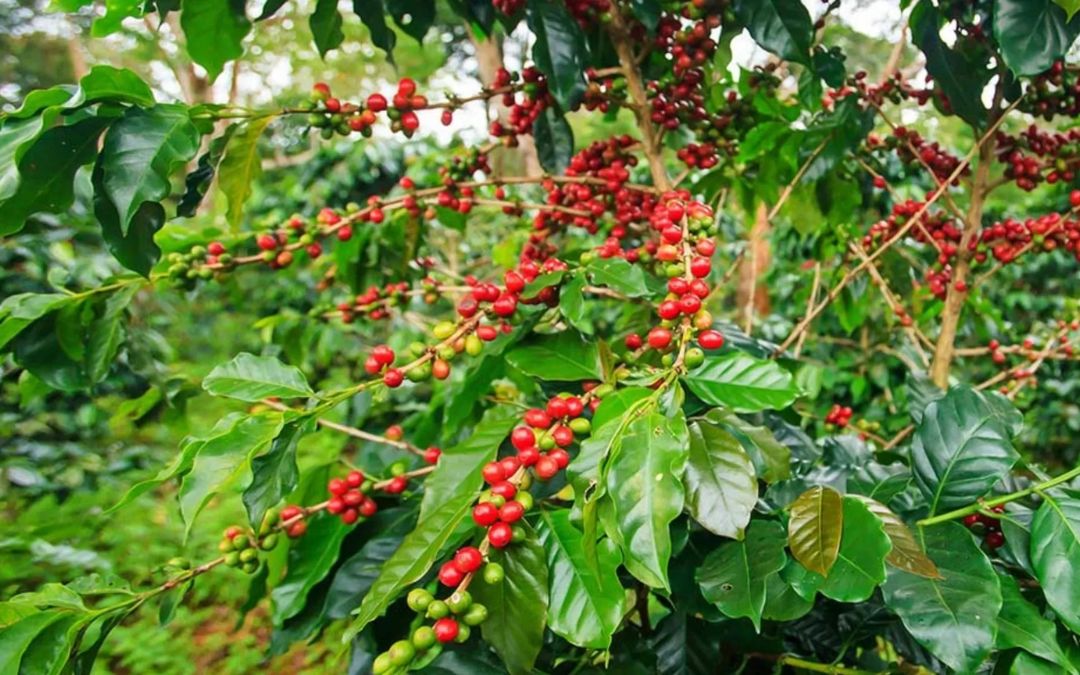
Coffee cherries ripen in vibrant red clusters across Bolaven Plateau, where Laos grows some of Southeast Asia’s finest arabica beans.
Si Phan Don (4,000 Islands): Island Time & River Bungalows
Nestled in the southern currents of the Mekong River in Laos, the 4,000 Islands region is tailor-made for unplugging. Think quiet wooden bungalows by the riverbank, paddling through narrow channels, and slowing down to the rhythm of water and sunset.
What to Do
- Kayak between islands & channels: Paddle gently past islets and slow-moving currents, taking in untouched river landscapes.
- Spectacular sunset rituals: Settle into a riverside hammock, watch the sky turn gold and reflect on the Mekong.
- Low-tech accommodation: Stay in simple bungalows or riverside huts; let the breeze, not screens, dictate your schedule.
- Cycle the dirt-track paths: Rent a bike and explore villages, rice paddies and riverside lanes at human speed.
- Float or tube downriver: Choose a relaxed float on the current and let nature set the tempo rather than a timetable.
Practical Tips
- Bring sufficient cash: ATMs are sparse or unreliable on many islands, so plan ahead and withdraw cash in Pakse.
- Choose your season wisely: The dry months offer easiest access and stable conditions, during the rainy season (May – October) some islands may be partly submerged and river travel tricky.
- Travel time counts: From Pakse to Nakasang takes ~2-3 hours by road, then add a ferry crossing. Such logistics matter when planning arrival and departure.
- Keep it simple: Expect minimal-luxury stays, limited wifi, and few cars with the flow, and the island’s pace will reward you.
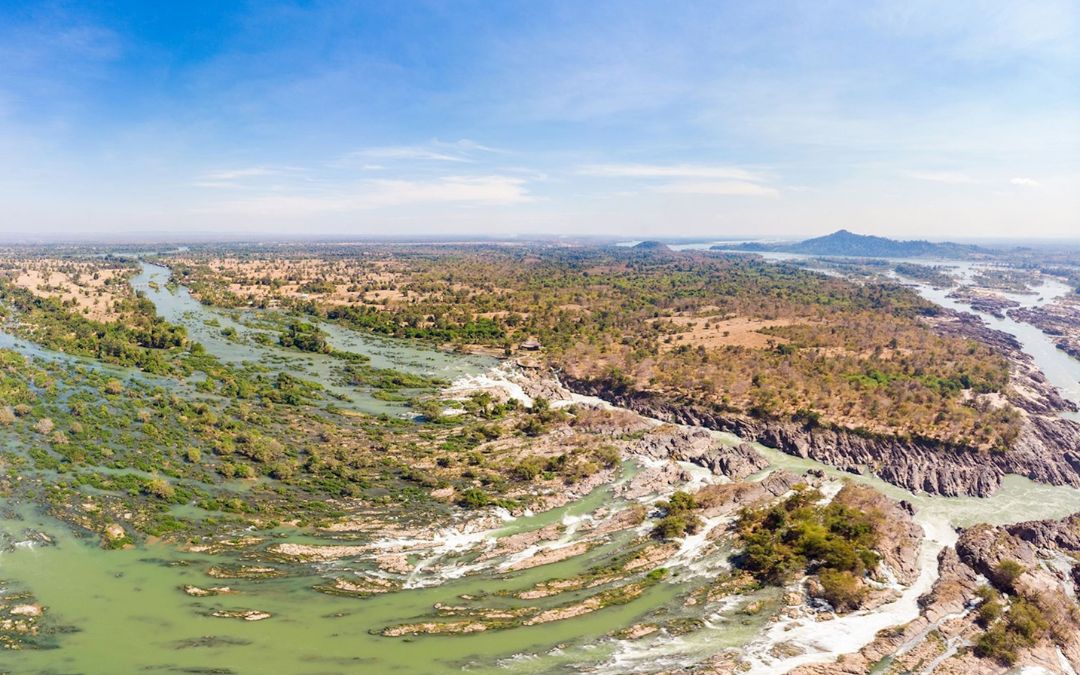
The Mekong River fragments into countless channels and islands at Si Phan Don, creating a vast inland archipelago.
Northern Highlands (Nong Khiaw, Muang Ngoi): Walks, Viewpoints, Village Life
In Laos’ northern highlands, the twin gems of Nong Khiaw and Muang Ngoi grant a rare chance to slow down, gaze over dramatic karst peaks, lounge riverside, and wake each morning to village life. Set yourself up for multiple nights as this will allow for quiet contemplation as much as for gentle discovery.
What to Do
- Trek a viewpoint trail: Climb the steep trail up from Nong Khiaw to a panoramic lookout for sunrise or sunset over the river and limestone peaks.
- Boat ride between villages: Take the river journey from Nong Khiaw to Muang Ngoi to slip into a simpler settlement accessible only by water.
- Stay in a riverside hammock: In Muang Ngoi especially, settle into a bungalow or hammock by the water, slow your pace, and soak in the surroundings.
- Village and nature walks: Explore the nearby ethnic-villages and forest trails around Muang Ngoi. Low-key trekking delivers big views and small crowds.
- Riverside café time: In Nong Khiaw, find a café overlooking the river, sip strong Lao coffee and observe daily life drifting by.
Practical Tips
- Weather & gear: Trails can become muddy and slippery after rain. Wear good shoes and consider a walking stick for the viewpoint climb.
- Boat timetable: Public boats from Nong Khiaw to Muang Ngoi run at limited times, so check the current schedule and arrive early at the pier.
- Cash & connectivity: Many guesthouses still prefer cash and the ATM in Nong Khiaw is not always reliable. Bring enough cash from your last major stop.
- Low tourist density: Quiet villages and less-developed trails mean fewer protections; stay on marked paths and be mindful of unexploded ordnance risk in hillside zones.
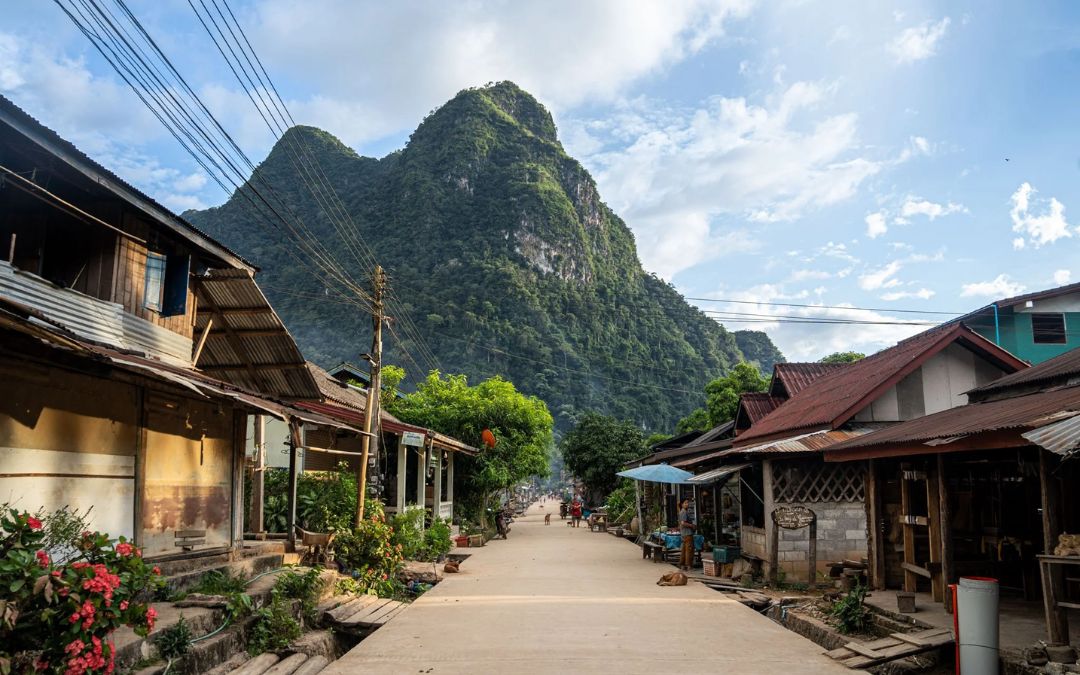
Towering limestone karsts rise dramatically behind the quiet dirt streets of Muang Ngoi, a remote riverside village accessible only by boat.
Practical Long-Stay & Digital Nomad Information
Visas & Renewals
Laos in Southeast Asia does not currently offer a dedicated digital nomad visa. However, travelers can obtain a tourist visa on arrival for 30 days, extendable once for an additional 30 days, allowing for a total stay of up to 60 days.
Extensions are processed at immigration offices in Vientiane or other provinces, requiring a valid passport, a completed application form, and payment of a fee of 0.9 USD per day, plus a 1.4 USD document fee.
Extensions can be applied for up to three days before the visa expiration date. After the 60 days, travelers must leave the country and can re-enter after a short duration, depending on visa policies.
>> Read More: Laos Travel Requirements Explained – Entry, Visas & Safety Tips
Connectivity & Workspaces
Internet speeds in Laos in Southeast Asia are moderate but improving. In major cities like Vientiane and Luang Prabang, many cafes and coworking spaces offer reliable Wi-Fi. Popular coworking spaces, such as TOHLAO Coworking Space and Impact Hub, offer fast internet, shared workstations, and a community vibe that’s ideal for remote professionals. For mobile data, purchasing a local SIM card from providers like Unitel can offer better internet speeds than in some European countries.
Costs & Budget for a Slow Month
Laos in Southeast Asia is known for its affordability. A comfortable monthly budget for a digital nomad typically ranges from 700 USD to 1,200 USD, covering essential expenses such as rent, food, transportation, and coworking space fees. In Vientiane, a nice 1-bedroom apartment can cost around 400 USD to 500 USD per month. Groceries and dining out are also budget-friendly, with local markets and street food offering affordable options. It’s advisable to carry sufficient cash, especially in rural areas where ATMs may be scarce.
Health & Safety
Travelers to Laos in Southeast Asia should ensure they are fully vaccinated against measles, hepatitis A, and hepatitis B. Additional vaccinations for typhoid, cholera, and rabies may be recommended, depending on travel plans and activities. Basic travel insurance covering medical expenses is advisable.
It’s important to respect local customs, especially when visiting temples or interacting with monks. The U.S. The Department of State advises exercising increased caution in Laos due to civil unrest in some areas.
FAQs
1. What does “slow travel” mean in the context of Laos in Southeast Asia?
Slow travel in Laos means staying longer in fewer locations, immersing yourself in local culture, relaxing rhythms (rather than ticking off many places), and enjoying the journey, not just the destination.
2. Which regions of Laos are best for slow travel rather than rushing through?
Places like Luang Prabang, Si Phan Don (4,000 Islands), rural village-homestays, and mountainous areas allow you to linger, connect with the community, and move at a gentler pace.
3. How much time should I allocate for a slow travel trip in Laos?
Longer than a typical “see-everything” week. Because travel between points can be slower, it’s best to allow at least 10–14 days (or more) so you don’t spend the trip just moving from place to place.
4. What are the main challenges of slow travel in Laos?
Transport (roads, buses) may be slower, infrastructure in remote areas is basic, and connectivity/internet may be weak. These create the “slow” pace but need acceptance and planning.
5. What is the best season/time to do slow travel in Laos?
The dry-cool season (November-February) offers the best weather for relaxed travel. The rainy season offers fewer tourists and lush scenery, but may slow movement further.
6. How can I make my slow travel in Laos more meaningful/authentic?
Stay in village homestays or local-run guesthouses, participate in local-led tours, take cooking or craft classes, and support community-based tourism.
7. Is slow travel in Laos more expensive or cheaper than “regular” travel?
Often cheaper — staying longer in one place, choosing local guesthouses, fewer fast transfers can reduce cost. Laos in Southeast Asia is already ranked as very affordable.
8. How safe and accessible is a slow travel trip in Laos for solo travellers or less experienced travellers?
Generally very safe and welcoming. But solo/remote travel means you’ll benefit from extra planning: consider visa/entry, transport timing, and remote-area support. The slow pace gives opportunity for meaningful reflection and fewer rushed mistakes.
Final Words
Thinking of Laos in Southeast Asia, it becomes clear why slow travelers are drawn to its serene landscapes, quiet villages, and unhurried way of life. The destinations highlighted above offer the perfect backdrop to fully savor each moment, from riverside mornings to mountain viewpoints.
While slow travel requires thoughtful planning and a bit of preparation, the guide from Asia Pioneer Travel provides everything needed to make the journey seamless and rewarding. For personalized advice, detailed itineraries, or assistance with logistics, reach out to Asia Pioneer Travel so that we can ensure your Laos adventure unfolds with ease and depth.
